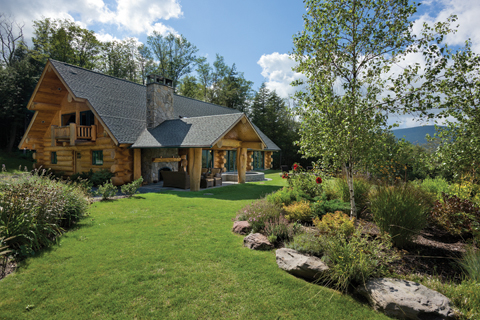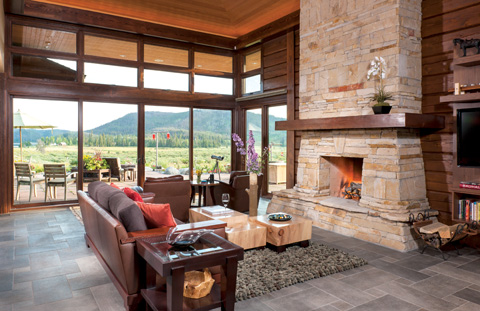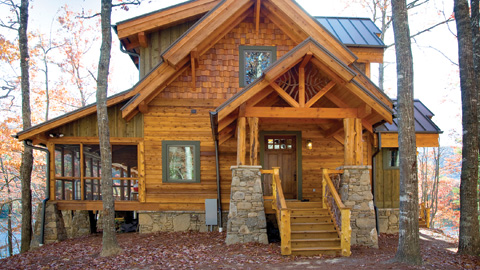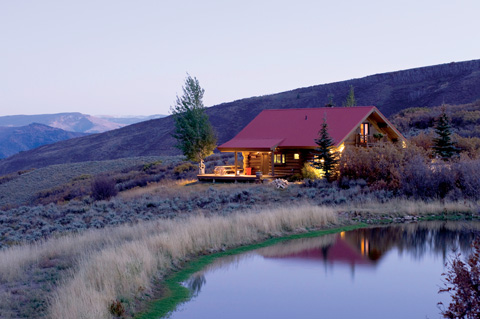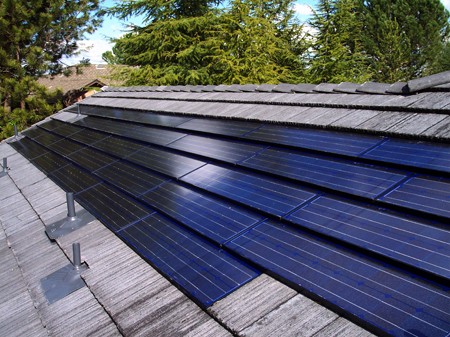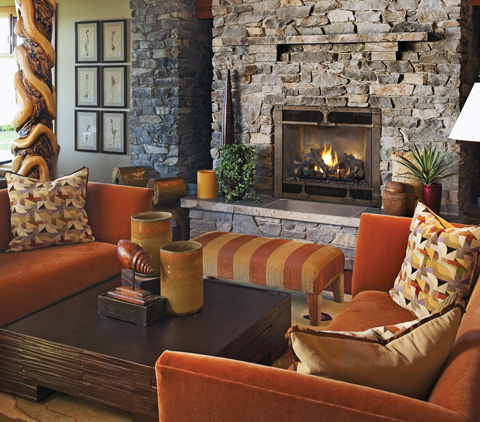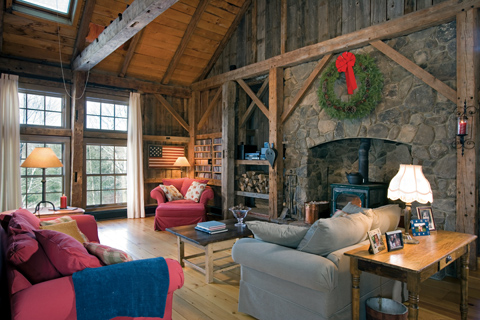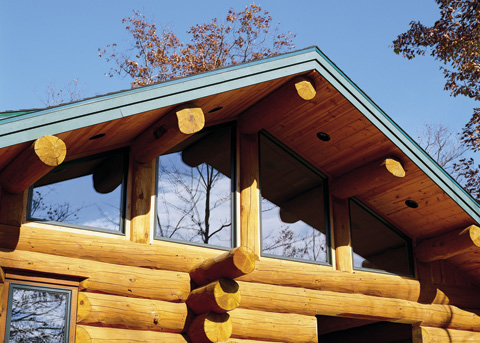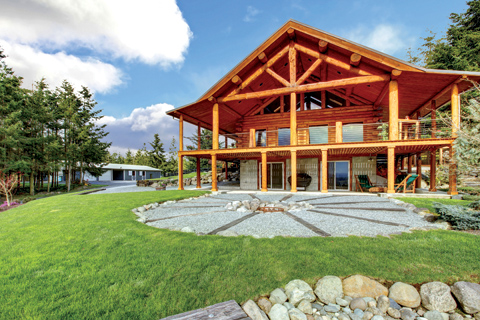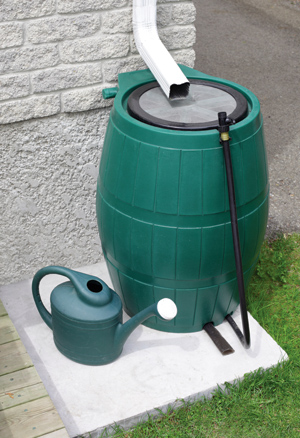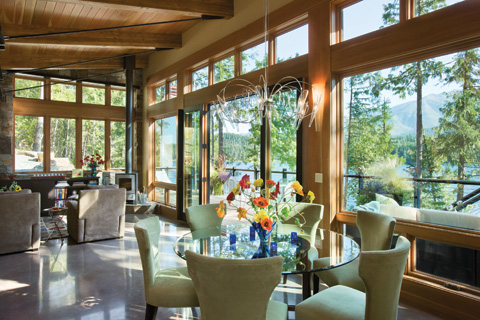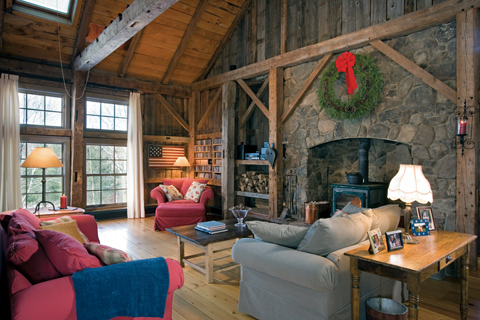Go Blue to Go Green Although 70 percent of the earth is covered by water, less than one percent of that is available for human use. On average, Americans use 80 to 100 gallons of water each day—more per capita than people anywhere else in the world. With at least 36 states facing water shortages by 2013, it makes sense to conserve water. Small changes around your house can make a big difference. You’ll save money on your water bill, and you’ll reduce the amo…
